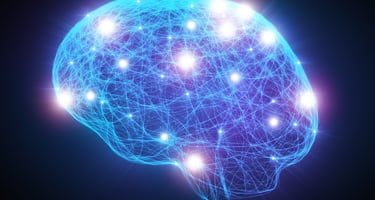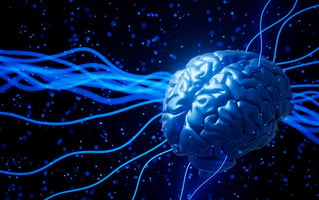Magnetic Stimulation Opens Pathways to Depression Treatment
 |
rTMS is a neuromodulation technique, like trigeminal nerve stimulation and deep brain stimulation. It works by using electromagnetic induction to depolarize neurons under the magnet and cause them to fire, altering functional neural networks in the brain, according to Andrew Leuchter, M.D., (left). He is a professor of psychiatry and biobehavioral sciences and director of the Neuromodulation Division at the Semel Institute for Neuroscience and Human Behavior at the David Geffen School of Medicine at the University of California, Los Angeles.
The technique stimulates cortical excitation over the surface of the brain.
“At the same time, rTMS administered to the left dorsolateral prefrontal cortex rapidly induces blood flow changes throughout the limbic system in the thalamus, caudate, and other subcortical and cortical areas with connections to the site of stimulation,” said Leuchter.
Researchers are still exploring variations of magnet placement, timing, and patterns of stimulation, as well as other related technologies, to determine their effects on depression symptoms.
“[P]sychiatrists may one day find themselves performing office-based brain stimulation procedures and prescribing devices to be used at home,” concluded Leuchter.
For an in-depth report in Psychiatric News about transcranial magnetic stimulation, see “New TMS Device Reduces Depression Symptoms.”
(Image: UCLA)





